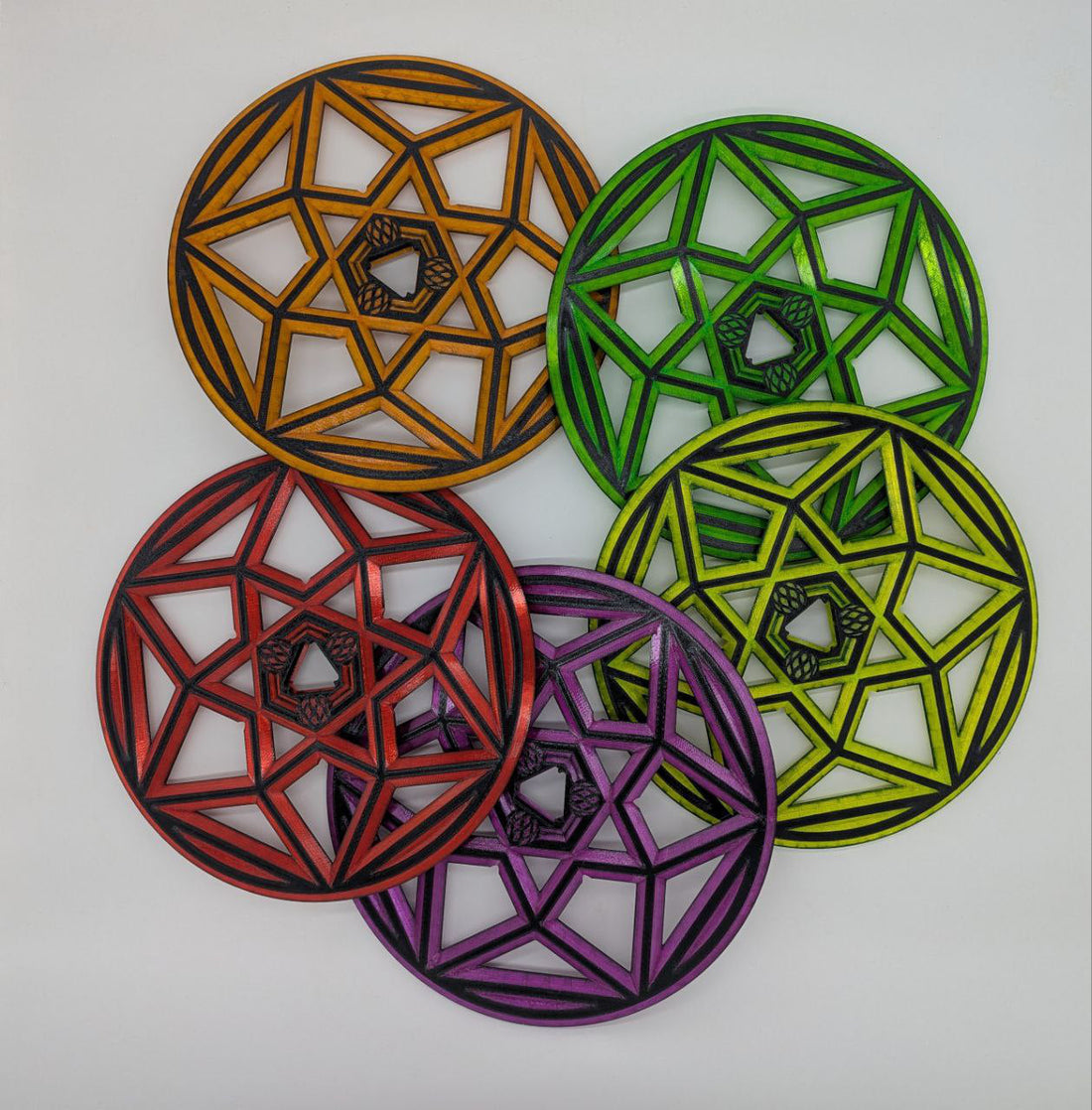
Why Light is Better – The Role of Weight in Flow Props
At Staffsmith, we intentionally build ultra-light Flow Props. That’s not a coincidence, but a conscious choice: light props are better teachers.
A low overall weight forces you to move cleanly – with body tension, precision, and good timing. Mistakes become more visible, movement patterns more clear. That’s why lightweight props are ideal for training – especially when learning new techniques or starting out.
Still, many beginners tend to choose heavier staffs. And that’s understandable: heavier props have more momentum, which makes them feel more stable and “controlled” at first. They're also often cheaper to buy, since they’re typically made from basic materials like steel or aluminum. You need more effort to accelerate or stop them, which gives an illusion of control. But it is an illusion – because the weight does a lot of the work for you. The subtleties – timing, precision, body expression – get lost in the mass.
That’s why we believe: Control doesn’t come from weight. It comes from skill. And skill develops best when the prop doesn’t compensate for you – but challenges you.
Another big benefit: light props are easier on your body. You can train longer, with less strain, fewer aches, and a much lower risk of injury. Especially when practicing dynamic or risky moves, a heavy prop can quickly become dangerous. Lightweight props give you room to make mistakes – without getting hurt in the process.
And it’s not just about being “light.” Where the weight sits matters too. A well-balanced prop can support certain moves even better than a heavier one. For example, placing small amounts of weight at the ends can make rolls feel more defined – without making the whole prop heavy or sluggish.
Our philosophy: Weight isn’t the goal. It’s a tool – to support movement, not replace it.